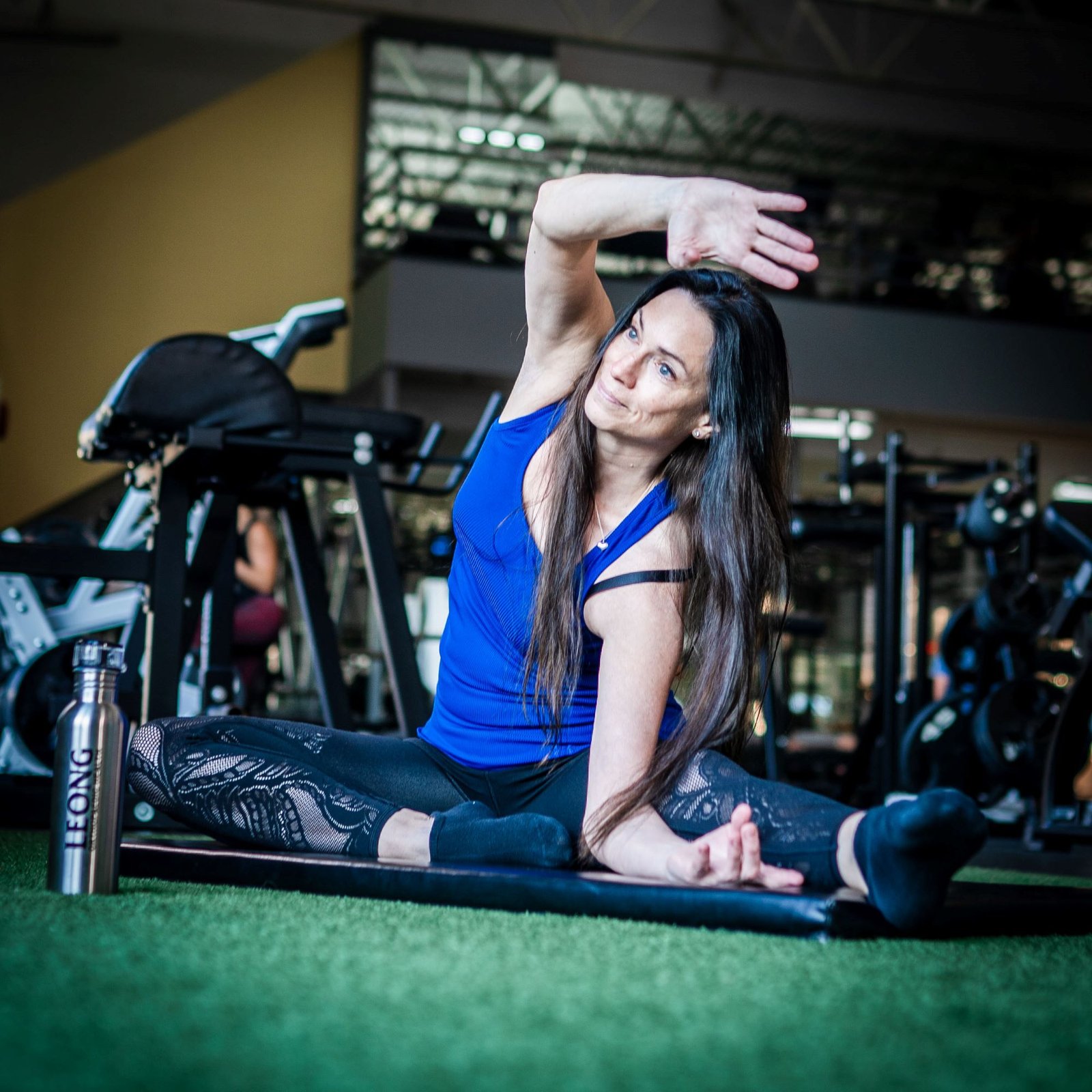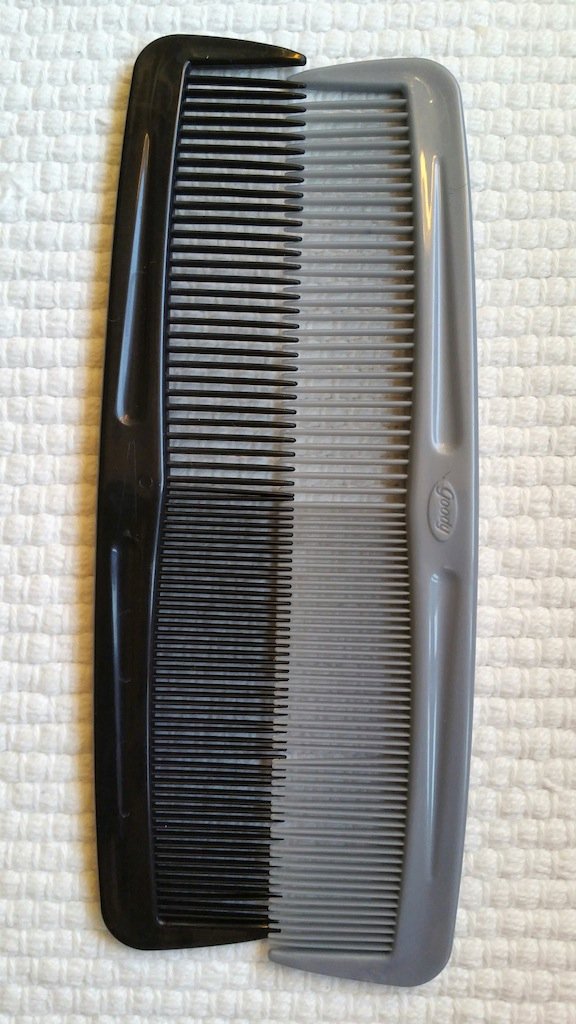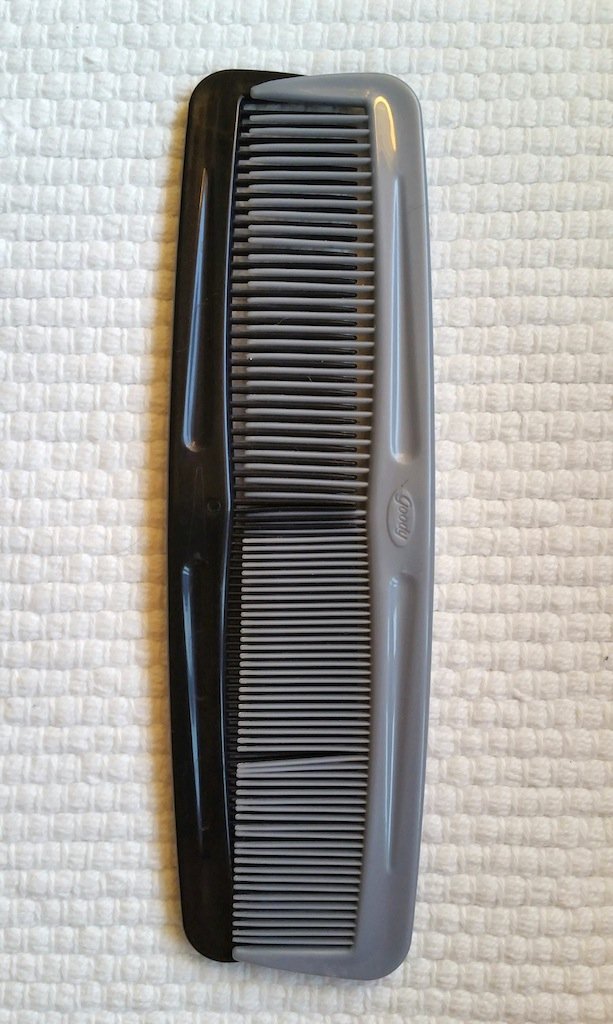LeongOrthopaedicHealth@gmail.com
Do you have difficulty stooping down, getting off the floor, or up out of bed? Do activities that used to feel fluid, now feel awkward?
You need to stretch!
Tight muscles can contribute to joint pain, back pain, neck pain, and overall stiffness, causing dis-ease of movement. Will stretching help? You betcha! But only if you stretch your muscles properly.
A safe flexibility routine:
- Lengthens muscles
- Increases joint health and
- Keeps muscles stronger.
Allowing you to move free and easy!
The Opportune Time to Stretch
Warm muscles respond to stretching best. Plan your flexibility routine after a shower, hot tub, or along with a heating pad.
Another great time to stretch is after cardiovascular exercise.
Weight-training too! When you finish a weight-lifting set, immediately stretch the muscle you just used! It’s logical. Your muscle will never be as warm as it is after weight-training it and hey, you have to rest anyway.
Most people save their flexibility routine for the end of the workout. By all means, stretch at the end too.
Is Balancing and Stretching at the Same Time More Efficient?
No! Training for balance is important, but not during a stretch.
If muscles are contracting to balance your body against gravity, they can’t possibly be getting a good stretch. Muscles need to be “turned-off” and relaxed to fully lengthen.
During your flexibility routine look for ways to be as stable as possible.
How Does Stretching Make Your Muscles Stronger?
A muscle cell is called a muscle fibre.
Each muscle fibre is made up of millions of microscopic contractile units. Think of two combs. Place the teeth of the combs so they’re touching.
Then, intersperse the teeth fully. This is like a contractile unit performing a contraction.
During a bicep curl, multitudes of contractile units contract simultaneously. Afterwards, the contractile units do not quite return to the resting position. The teeth of the comb remain slightly interspersed.
When you contract your bicep again, it is slightly weaker because that slight interspersion doesn’t allow the full range of motion.
Your bicep needs to be stretched!
Muscles are stronger when they’re stretched to their proper length because they’re able to contract fully.
Are My Muscles Supposed to Hurt When I Stretch?
Absolutely not!
Hidden within all your muscles are receptors called muscle spindles. They monitor changes in muscle length.
When you stretch, your muscle spindles snap to attention. Stretch too fast or too far and the spindle stimulates the muscle to contract against further lengthening (for protection). This is the pain you’re feeling.
Stretching into pain (while your muscle is contracting) has little benefit.
Fool Your Muscle Spindles!
What’s the proper way to stretch? Tricking your muscle spindles! Ease into your stretch so slowly your muscle spindles don’t detect any change.
Then, when you feel a slight pull, you hold. Wait until the pull disappears, then slowly ease deeper into the stretch, again stopping when you feel the pull.
Hold each stretch for one minute (by the clock).
Why do People Lose Flexibility with Aging?
Imagine an elderly person walking down the street. Do you envision stiffness and slowness? Yes. Why?
Collagen and elastin fibres live throughout our soft tissues. Aging and injury causes ongoing cross-linking of both of these fibres. When cross links are laid down irregularly, it causes loss of resiliency and extensibility.
It’s thought that consistent stretching can prevent some cross linking from occurring, or at least force the cross linking to occur in a stretched out manner. This allows aging muscle to retain flexibility.
A safe stretch routine, done consistently, will give ease of movement for life!
Heed These Warnings!
- Prolonged rounding of your lower back can be harmful to your intervertebral discs, causing severe lower back pain.
- Twisting or torquing in your lower back can be harmful to your intervertebral discs, causing severe lower back pain.
- Twisting or torquing in your pelvic region can cause slight subluxations to your sacroiliac joints, causing severe pain in your lower back and sacral area.
- Stretching too fast, too far, or when your muscles are cold, or bouncing in a stretch can cause your muscles to tear.
How To Stretch Your Muscles Properly
- First, heed the above warnings!
- Stretching is slow and relaxing. The opposite of exercise!
- Warm up with a shower, hot tub, heating pad, or exercise prior to stretching.
- Move slowly until you feel a slight stretch, then hold for one minute (by the clock).
- No longer feel the stretch sensation? Slowly move further into the stretch.
- Stretching on a carpet or thick mat is more comfortable.
- Hydrate!
Now you know how to stretch your muscles properly. You’re ready to learn a daily stretch routine.
– LEONG Orthopaedic Health
personal training
by appointment only. Please email:
LeongOrthopaedicHealth@gmail.com
If you like this article, please share it!
All rights reserved; no part of this publication may be reproduced or transmitted by any means, electronic, mechanical, photocopying or otherwise, without prior permission. Copyright 2015.



